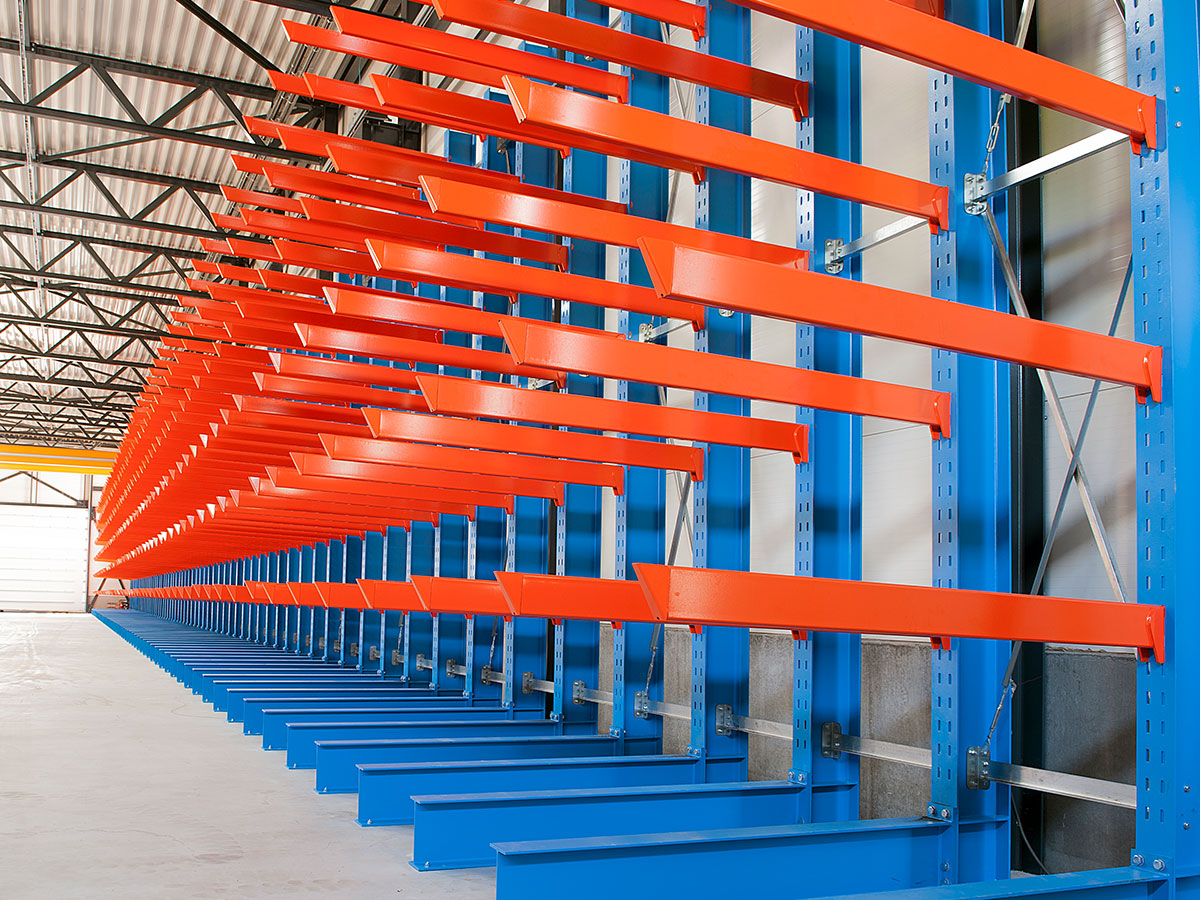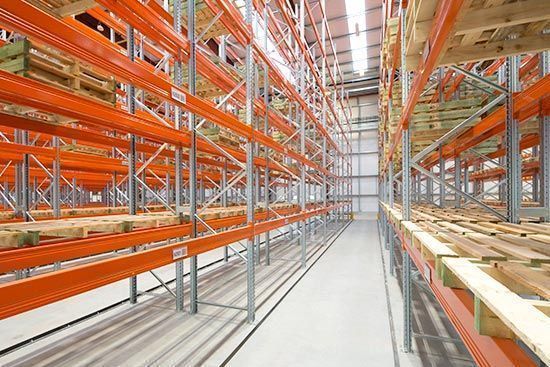Those companies that produce or market final products related to clothing manufacturing are included within the textile sector. The footwear sector is generally included as part of this sector, although in terms of logistical needs there are notable differences between the two.
The textile sector has a series of specific logistical characteristics that make it require adapted storage systems. In this case, we will focus on the existing picking solutions for the industrial storage of textile products, whether hanging or folded garments.
Logistical characteristics of the textile sector
- The textile sector distributes what are considered mass consumption goods, so its global importance in economic and employment terms is very high.
- The textile sector is one of the most demanding and competitive industries internationally, and is characterised by its global nature, short product life cycle, frequent changes in trends and by having a significant impulse purchasing component.
- It is a sector whose turnover varies significantly according to the seasons and sudden peaks in demand such as during sales, so the logistics processes must be modified at each time of the year.
- In recent years, with the major growth of online shopping, the textile sector supply chain has been modified, being more logistically complex and creating the need for large distribution centres to meet international consumer demand in short timeframes.
- Therefore, for textile companies, having efficient, optimised warehouses that allow correct product rotation will be of vital importance in order to be competitive in the market and comply with the “just in time” principle, as established by the stock management model of a warehouse from the textile sector.
- The final stages of the supply chain of the textile sector are characterised by the need for manual storage or picking systems.
How are textile products stored?
Although textile products are not a particularly fragile product, they are delicate goods whose means of transport and storage is key to maintaining their original unaltered condition when they reach the end customer.
In the storage of textile products and clothing items in the warehouse, the importance of strict order and organisation, efficient inventory management to manage a large number of references and maximum use of space is vital.
All this to achieve a storage system that reduces the handling times of goods and optimises the flow in and out of the warehouse.
Picking solutions for hanging garments
- Picking solutions for hanging garments are the appropriate storage system for clothing and textiles that need to maintain their unaltered original form and shape in perfect condition.
- Manual racking for hanging garments mean that during storage garments do not suffer any creases, loss of shape or damage from friction or impacts.
- These rack picking systems are a simple and resistant solution, configurable to the customer’s needs, with the possibility of creating new height or length levels.
- It is a basic modular structure similar to longspan shelving solutions, to which you can add adjustable bars that act as a clothes rack. These modules are replicated contiguously to expand the storage system.
- Each item is hung by means of a hanger on beams or tubular bars in parallel, maintaining its original shape and also creating a highly compact system.
- Rack picking for hanging garments is adaptable to clothing of different sizes, weights or materials.

Longspan shelving systems for textile products
- Companies in the textile sector usually require a combination of storage solutions for hanging garments and for folded garments, depending on the type of product.
- Longspan shelving is the ideal system for storing garments that can be folded and which therefore do not need to be hung.
- Longspan shelving for clothing garments enables the manual storage of cartons, clothing garments and small items or accessories.
- Access is direct to each unit load, and it is a system that can be used in combination with the hanging garment, alternating levels of one type or another depending on the storage needs.














